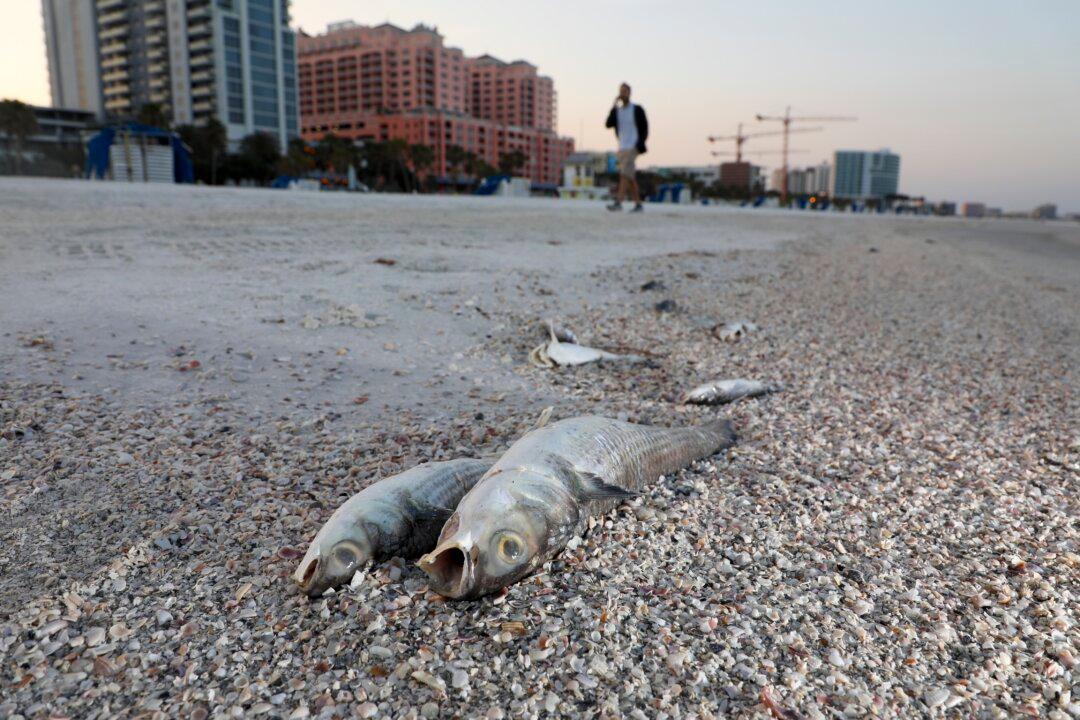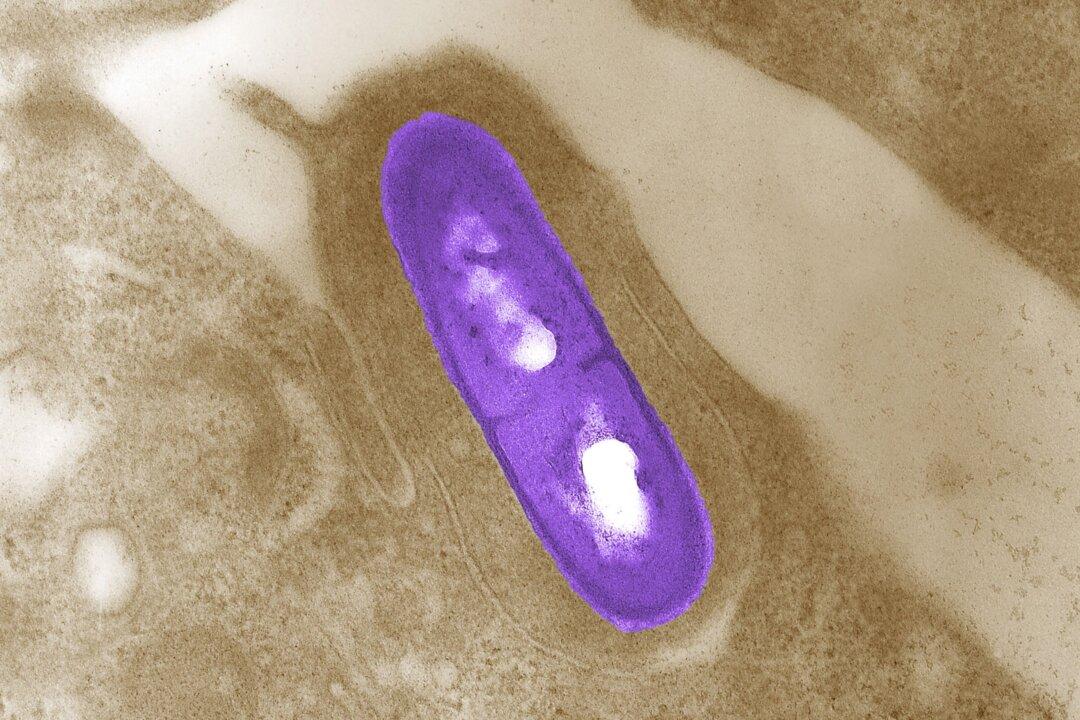While a toxic red tide algal bloom is invading Florida’s beaches, a vast island of seaweed—spanning twice the width of the United States—is headed for the Sunshine state’s waters. It could seriously impact the tourism industry as Spring Break nears.
The mass of floating “Sargassum” seaweed is currently making its way slowly through the Atlantic and will likely hit Florida’s shores in weeks.




